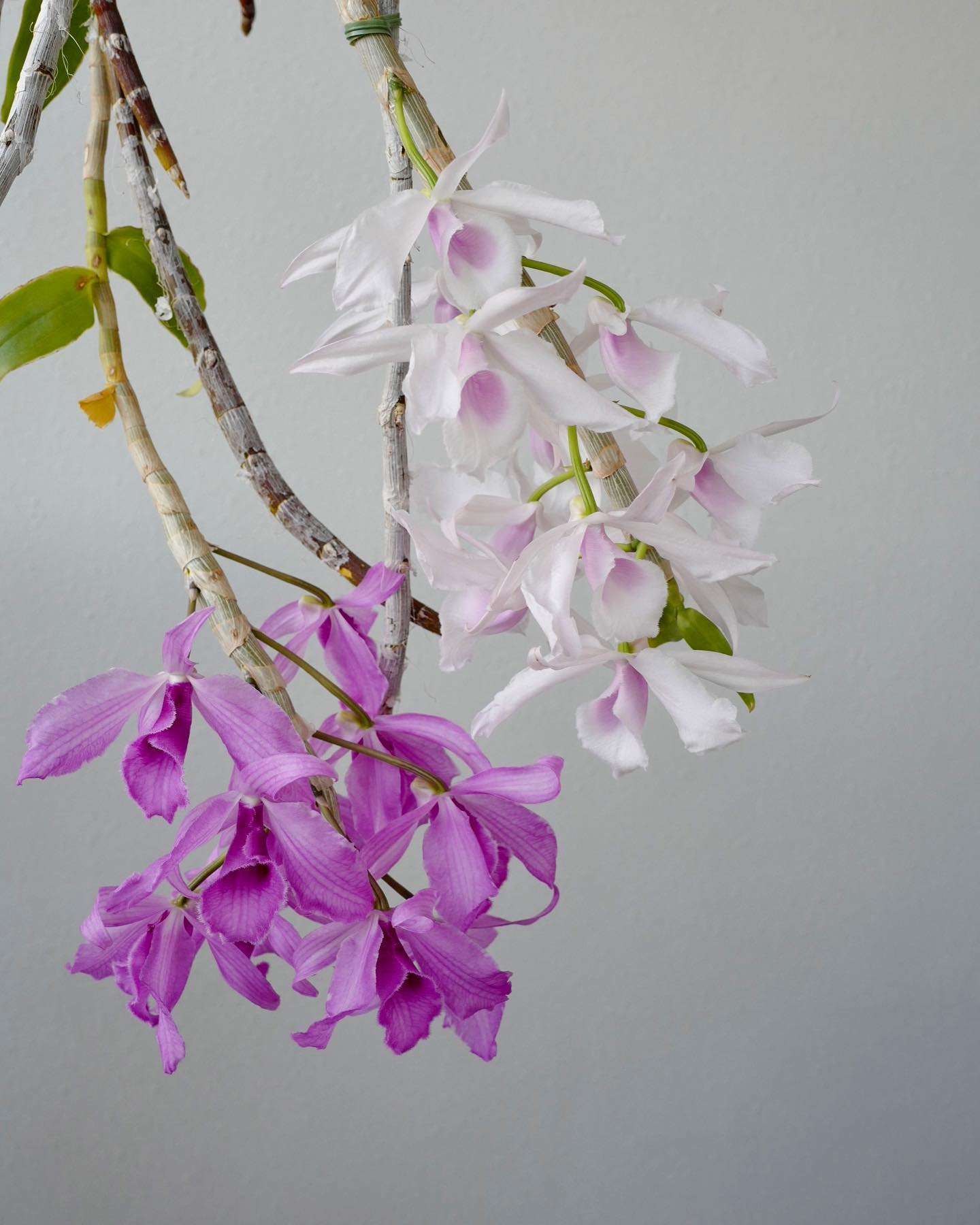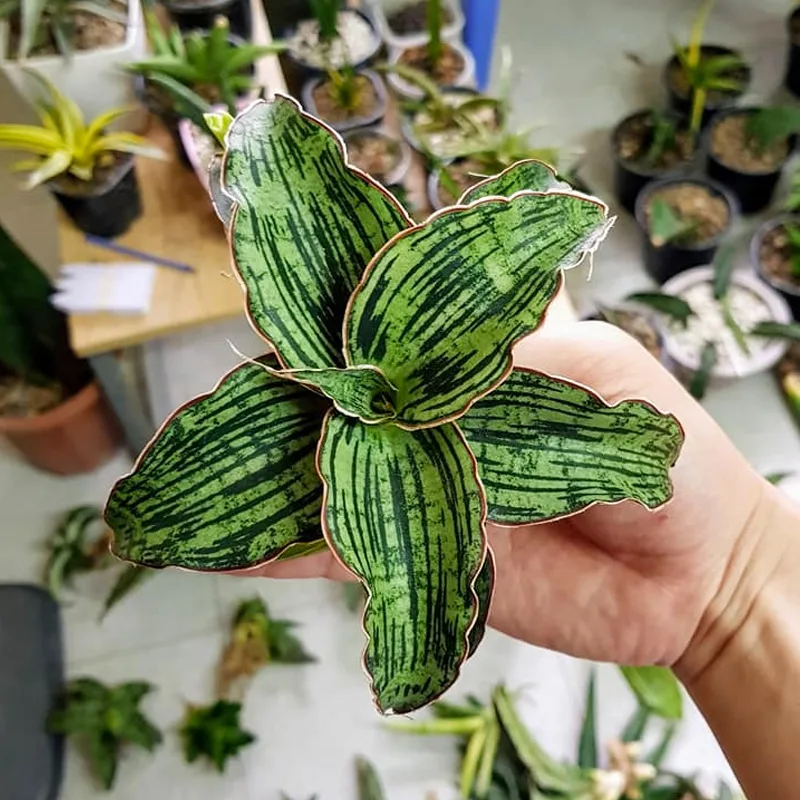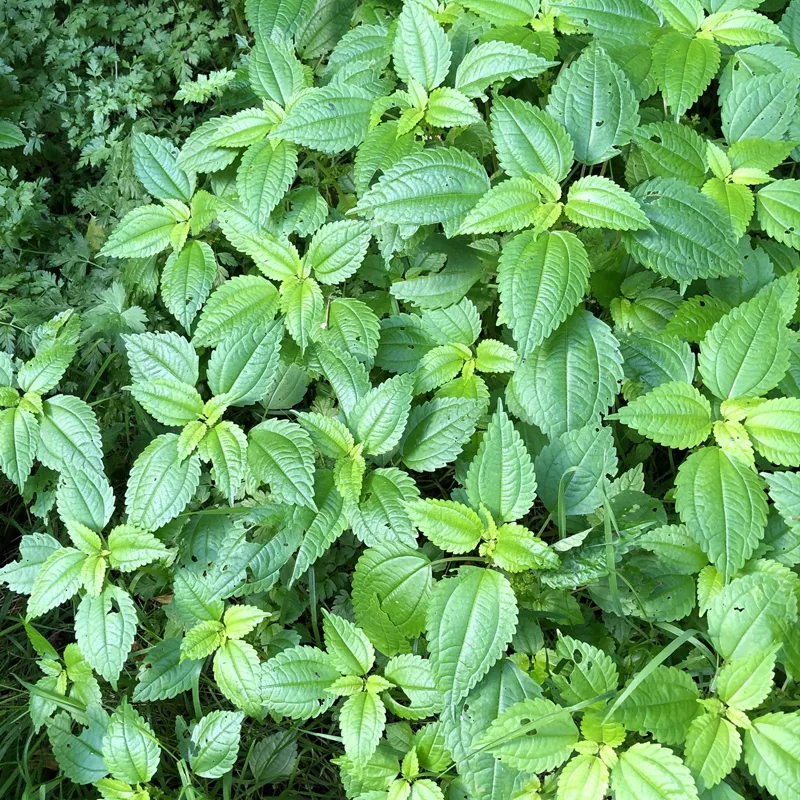My Love Affair with Pachyphytum
I’ve always been drawn to the unusual, the quirky, the things that make you look twice. So, when I first encountered the plump, almost alien forms of Pachyphytum, I was smitten. These succulents belong to the Crassulaceae family, with their thick, fleshy leaves and intriguing shapes, captured my imagination and haven’t let go since.
Native to the high altitudes of Mexico, Pachyphytum are masters of survival. They thrive in arid environments, their leaves storing precious water to endure long periods of drought. This resilience, coupled with their unique beauty, makes them fascinating subjects for any plant enthusiast.
A Diverse Family
The name Pachyphytum comes from the Greek words “pachys” (thick) and “phyton” (plant), a fitting description for these chubby-leaved wonders. While the genus isn’t vast, it boasts a delightful variety of forms and colors. Here are:
- Pachyphytum oviferum: Often called “Moonstones” or “Sugaralmonds,” these are perhaps the most popular species. Their egg-shaped leaves, covered in a powdery bloom, give them an ethereal, almost frosted appearance.
- Pachyphytum compactum: Living up to its name, this species forms tight rosettes of compact, almost geometric leaves. The subtle variations in color, from pale green to bluish-purple, add to their allure.
- Pachyphytum bracteosum: This species is a bit of a show-off, producing long, cascading stems adorned with plump, pointed leaves. During the blooming season, it sends up tall stalks with bell-shaped flowers, adding a touch of drama.
- Pachyphytum hookeri: This one is a personal favorite. Its long, slender leaves, often tinged with pink or purple, create a unique, almost whimsical look.
- Pachyphytum glutinicaule: This species stands out with its sticky stems and elongated, almost cylindrical leaves. The leaves often have a beautiful, powdery coating that adds to their charm.
- Pachyphytum brachetii J.Reyes, O.González & A.Gut.
- Pachyphytum brevifolium Rose
- Pachyphytum caesium Kimnach & R.C.Moran
- Pachyphytum coeruleum J.Meyrán
- Pachyphytum confusum Pérez-Calix, Guadián-Marín & I.García
- Pachyphytum contrerasii Pérez-Calix, I.García & Cházaro
- Pachyphytum fittkaui Moran
- Pachyphytum garciae Pérez-Calix & Glass
- Pachyphytum huastecanum J.Reyes, Etter & Kristen
- Pachyphytum kimnachii Moran
- Pachyphytum longifolium Rose
- Pachyphytum machucae I.García, Glass & Cházaro
- Pachyphytum neglectum J.Meyrán
- Pachyphytum odam Art.Castro & P.Carrillo
- Pachyphytum rogeliocardenasii Pérez-Calix & R.Torres
- Pachyphytum rzedowskii I.García, Pérez-Calix & J.Meyrán
- Pachyphytum saltensis Brachet, J.Reyes & R.Mondragón
- Pachyphytum viride E.Walther
- Pachyphytum viscidum J.Reyes & L.E.Cruz-López
- Pachyphytum werdermannii Poelln.
Simple Pleasures
One of the things I appreciate most about Pachyphytum is their low-maintenance nature. They are incredibly forgiving plants, tolerating a wide range of conditions. Give them plenty of sunlight, well-draining soil, and occasional watering, and they will reward you with their unique beauty.
Propagating Pachyphytum is also a breeze. Simply take a leaf cutting, let it callous over for a few days, and then place it on some soil. With a little patience, you’ll soon have a new plant growing. It’s incredibly satisfying to watch these resilient plants take root and thrive.
More Than Just Plants
For me, Pachyphytum are more than just plants; they are a source of inspiration and tranquility. Their simple beauty and resilience offer a welcome respite from the hustle and bustle of everyday life. I find myself drawn to their quiet presence, their ability to thrive in challenging conditions a reminder that beauty can be found even in the harshest environments.
Whether you’re a seasoned gardener or just starting your plant journey, I highly recommend giving Pachyphytum a try. Their unique forms, easy care, and captivating presence make them a wonderful addition to any plant collection.
If i die, water my plants!



